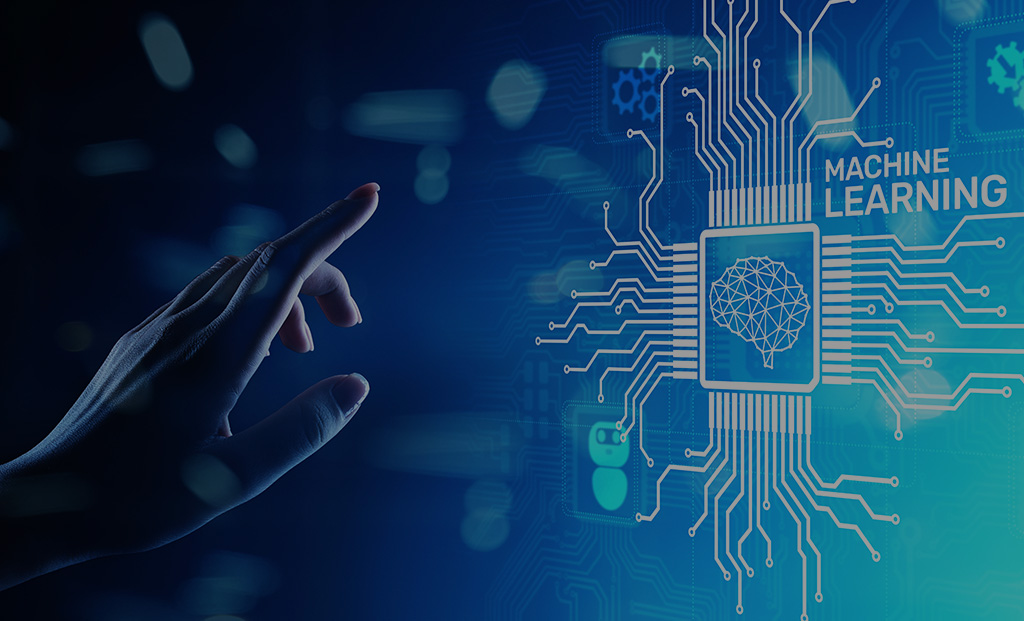Reflections on our 2022 predictions, the year we saw, and what we predict for 2023
It’s that time of the year again. Time to look ahead at the trends we will face over the next 12 months, so we can start to prepare for how they may affect our organisations. But before we share our 2023 predictions, let’s take a moment to reflect upon what came to pass, based on our CEO’s predictions for new data developments and innovations in 2022.
DataOps
2022 prediction: organisations would focus on mobilising their data.
Before organisations can embrace DataOps, they need to ensure their data is fit-for-purpose (in the right format, at the right speed, and with the right level of accuracy). This time last year, only 25-30% of organisations in the UK had their data mobilised. Therefore, we expected to see organisations ready themselves to take the next step towards DataOps by getting their data estate in order.
So, what really happened in 2022?
It’s estimated that 80-90% of the data we generate today is unstructured – and one of the biggest risks of unstructured data is that it can be easy for it to become lost and forgotten. Focus on data discovery and you can reveal everything within your estate. This year the global data discovery market grew at a CAGR of 18.9% and is now worth $12.27 billion.
Once you know what data you have, you can take appropriate actions to ensure it meets the 6x dimensions of data quality: complete, unique, timely, consistent, valid and accurate. This year the global data cleaning tools market grew to be worth $1.50 billion, and is expected to continue growing at a CAGR of 10.8% through to 2030.
2023 prediction for DataOps
Over half (58%) of CIOs expect the pace of digital transformation to continue to speed up. However, the World Economic Forum believes that workers require 101 days of learning to keep their digital skills up-to-date, which is impractical. Therefore, in 2023 we expect to see data democratisation. This will help to close the gap in digital skills because it places data in the hands of every individual – not just data scientists and analysts. Companies that make data accessible to their entire workforce are 40x more likely to say analytics has a positive impact on revenue.
AI and machine learning
2022 prediction: conversational AI was on the tipping point.
AI and machine learning technologies have steadily moved into our personal lives and professional workplaces. This time last year we believed we could expect to see more innovative business cases developed by organisations you wouldn’t necessarily expect to be taking advantage of these technologies. For example, using AI to manage PPC ad spend, contact strategies, and chatbots.
So, what really happened in 2022?
A key driver for conversational AI is customer experience. In particular, 90% of companies have focused on faster complaint resolution. In the words of IDC, “Conversational AI has really become business-ready” because it provides a 24/7 service. The global conversational AI market grew at a CAGR of 21.8%, and is expected to continue this growth until 2026, when the market will be worth $18.4 billion.
The biggest enabler for conversational AI has been the development of technologies like GPT-3. Unlike the previous generation (GPT-2), it can ingest data one hundred times faster, as well as recognise images, faces, fingerprints, sounds and voice in addition to text algorithms. Through natural language processing (NLP) GPT-3 can generate coherent responses in dialogue with a person.
2023 predictions for AI and machine learning
This year AI will evolve to overlap with IoT technologies for real-time intelligence. Important to speed decision-making, it will help to treat patients quicker when chronic conditions flare up, to adjust operations in smart factories for greater efficiency savings, or to supply the intelligence needed to support autonomous vehicles. Today just 10% of commercial IoT initiatives make use of AI. By 2023 this number will climb to 80%. And by 2026 the Global AI in IoT market will hit $20.2 billion after growing at a CAGR of 26.0%.
CX technologies
2022 prediction: more investment for connected contact centres.
Customer experience outranks product and price in purchase decision-making. To outperform the competition, organisations need to focus on delivering an omnichannel experience – so regardless of where or how a person encounters a brand, they have a consistent and expected experience.
However, for this to happen effectively, requires real-time data integration. Therefore, we expected 2022 to be the year we saw more organisations invest in customer service tools, such as connected contact centres.
So, what really happened in 2022?
Organisations chose to focus on how to blend different data sets to gain a better understanding of their customer – and therefore better anticipate their needs. While 60% of executives said they leveraged review sites and social media to gather customer feedback, other sources of rich intelligence included the analysis of in-store behaviours, IoT data, social listening, and ‘voice of the customer’ data.
2023 predictions for CX technologies
This year the most important attribute of the customer experience is faster response time. Over 2 in 5 (44%) customers report being annoyed when kept on hold for just 5-minutes. Therefore, we expect organisations to focus on self-service capabilities, which allow customers to find an outcome to their own issue. Three years ago, a quarter of customer interactions were automated. By 2023, this number will grow to 40%.
As well as allowing customers to avoid the irritation of being placed on hold, self-service capabilities will also avoid lower-level issues clogging up contact centres. When 4 in 5 (83%) customers expect to engage with someone immediately when reaching out to a business, self-service capabilities free customer service representatives to focus on these more complex cases.
Need some help?
If you want to use your customer data to cultivate better relationships, get in touch and see how Euler can help you to manage and integrate your data to meet your goals.
Related Articles
Before Christmas, our CEO, Rob Jones, gave us his take on data fabric, one of Gartner’s strategic…
It’s one thing correctly storing, processing and managing your data. But how do you translate that to…
How to analyse your customer data for better marketing Getting your data processed, stored, and managed correctly…



